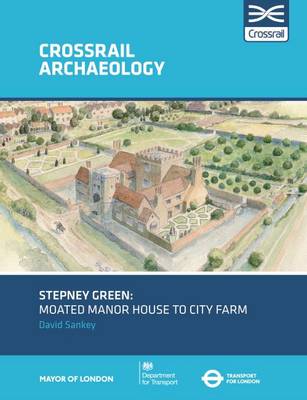Remains of a late medieval and Tudor moated mansion, known from the 17th century as Worcester House, were located on Crossrail's Stepney Green shafts worksite in London's East End. Its rich merchant and aristocratic owners had a fine country residence with easy access to the city and to the River Thames and so to overseas trade. In the early 17th century it was among properties owned by the 1st Marquis of Worcester, a supporter of Charles II, which were confiscated by Cromwell's Parliament. By the late 17th century the estate had passed into the hands of radical Nonconformists associated with the Stepney Meeting and a meeting house was built there. Worcester House was converted to a Baptist college in the early 19th century and a Congregationalist church constructed in 1841 replaced the earlier meeting house. Other parts of the estate were developed as small factories and new housing for 19th-century dock workers in an area which later suffered severe bomb damage in World War II. Vivid accounts by local people of life before, during and after the war, up to the founding of what is now Stepney City Farm, bring this vibrant piece of East End history up to date.
- ISBN10 1907586318
- ISBN13 9781907586316
- Publish Date 30 November 2015
- Publish Status Out of Print
- Out of Print 26 January 2021
- Publish Country GB
- Publisher Museum of London Archaeology
- Imprint Museum of London Archaeology Service
- Format Paperback
- Pages 100
- Language English
